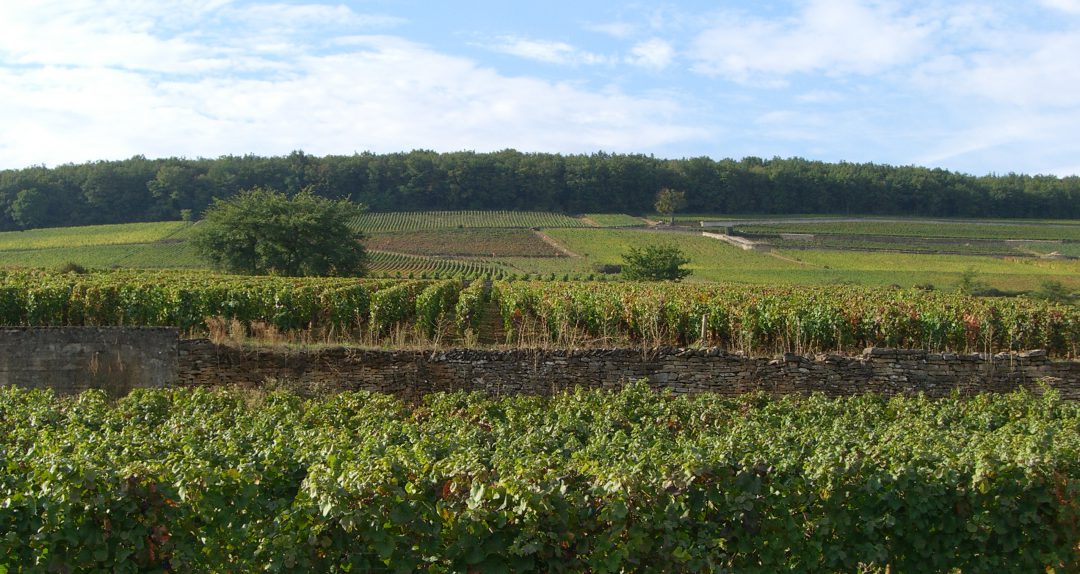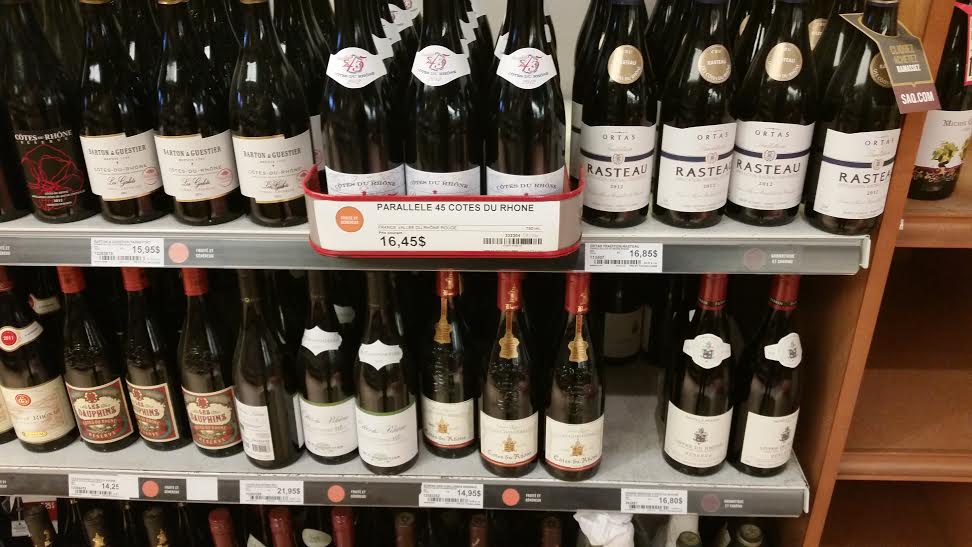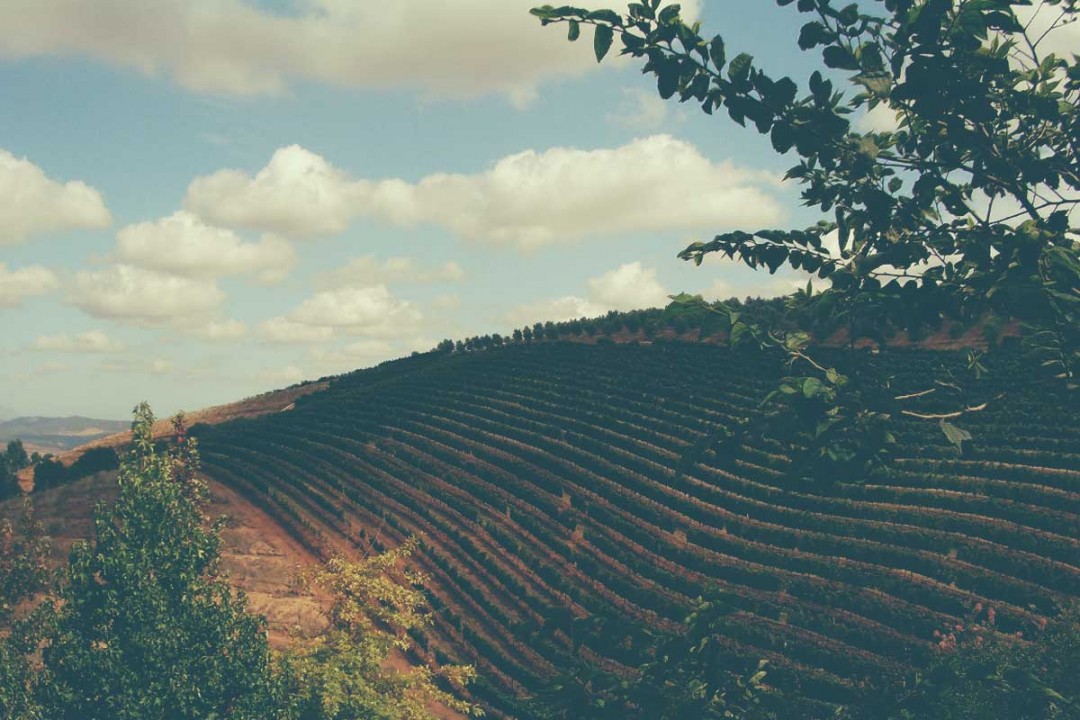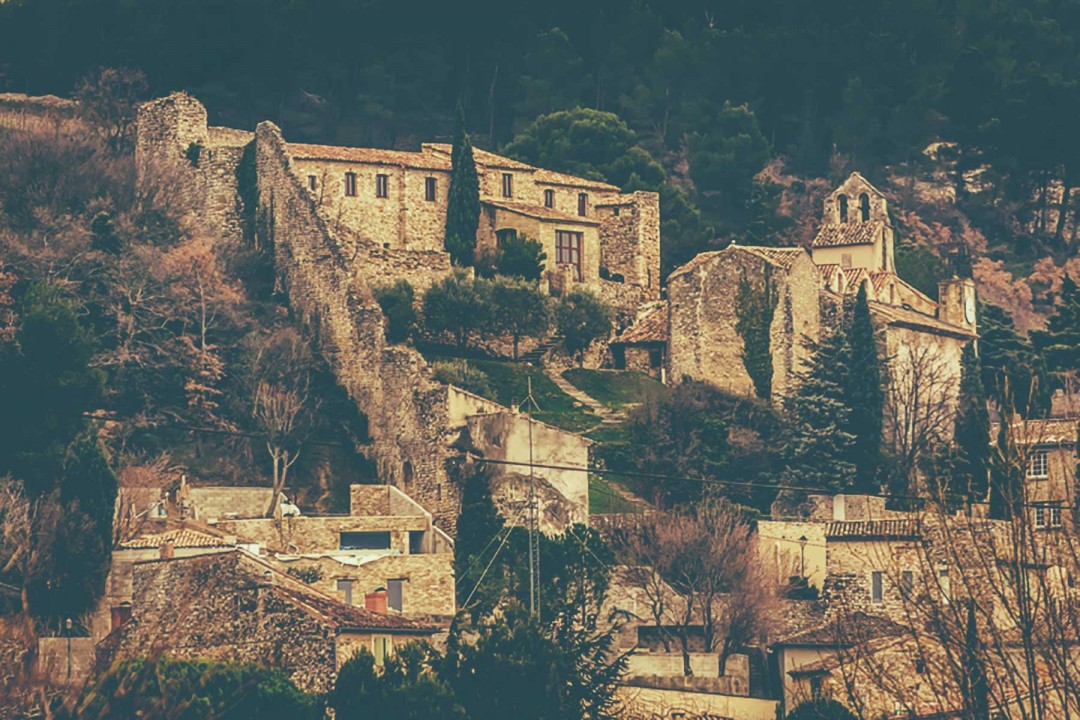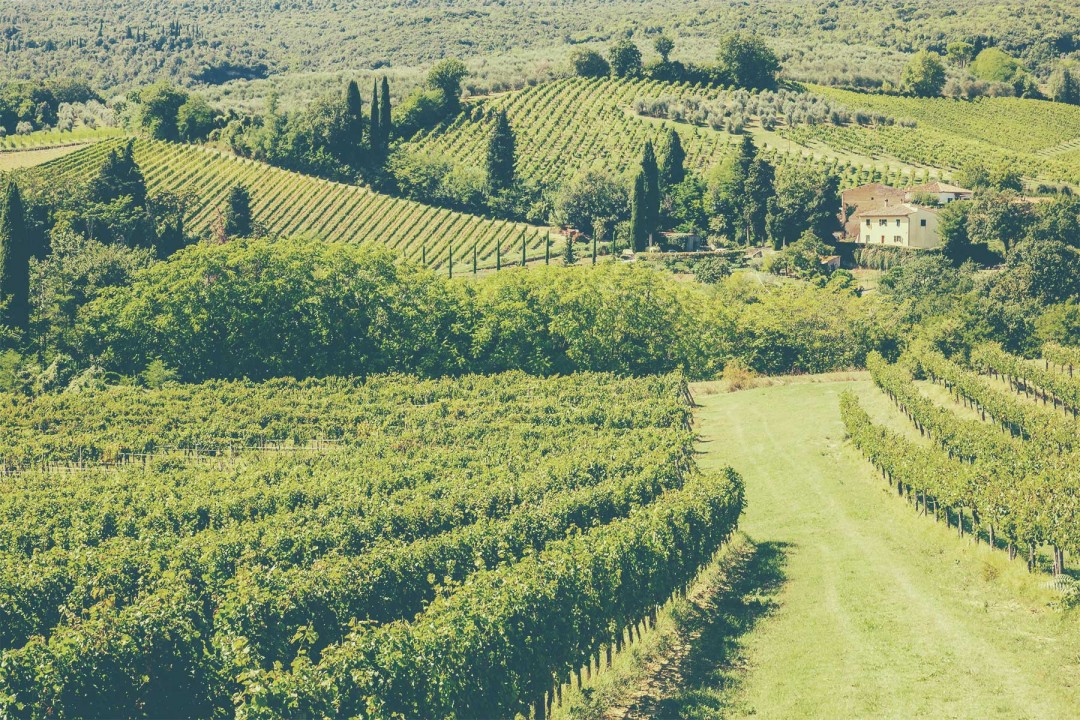The idea that someone might even ponder which red wines to drink with hamburgers may seem surprising. After all, aren’t we supposed to be washing down our burgers with super sized soft drinks or cold beers?
If you are just picking up cheap take out, why not. But, if gourmet hamburgers are more your speed, then the right wine pairing can take your dinner to the next level. Trust me. I am married to a hamburger fanatic. We have tried every beverage pairing. There is nothing like a well-chosen red wine to cut the richness and lift the flavours of a juicy burger.
I read somewhere that we consume a whopping 50 billion burgers each year. Since the global expansion of America’s fastfood chains since in 1950s and 1960s, the humble hamburger has risen to become of the world’s most popular meals.
Though today, much has changed. We have moved way beyond the simple beef patty on a cheap bun formula that once defined the burger. Countless delicious plant-based hamburger options exist now. And classic beef burgers range from lean, veggie-loaded styles to decadent, bacon and cheese adorned two handers.
The flavour differences can be immense and there definitely isn’t a one-wine-fits-all solution. To help determine what wine will work best, consider these factors:
- Keep it simple (unless its not): if you are just grilling a pre-made patty and slapping a kraft single slice on it, you don’t need a grand cru wine. Always pair to the level of complexity of the food.
- Stay in your weight class: match the weight and intensity of the wine to the heartiness of the dish. A lighter, plant-based or lean beef burger will be overwhelmed by a dense, powerful (or heavily oaked) wine.
- Lively wines lighten rich food: a greasy burger, loaded with fried veggies, bacon, or slabs of cheese is heartburn waiting to happen. Wines with lively acidity can cut through the fat, making the dish feel lighter on the palate.
- Save the big guns for the big burgers: highly tannic wines create a drying, astringent sensation on the palate which can clobber delicate flavours. They are best served with weightier, beef burgers. Tannins bind with the proteins in meat, intensifying its rich, savoury flavours and, in turn, softening the wine.
With these principles in mind, I decided to test out different hamburger wines from around the world, to suit the lightest to heaviest of burger styles. Below are three of my current favourites, with drink alike options that may not taste identical, but have similar weight, acidity levels, and structure.
BEST FOR LIGHTER PLANT-BASED BURGERS (think chickpeas, lentils, black beans…)

Wine choice: Etna Rosso (Italy)
What is it? Red wine produced from indigenous Italian grapes; predominantly Nerello Mascalese blended with up to 20% Nerello Cappuccio. As the name suggests, the vineyards grow on the slopes of Mount Etna, in eastern Sicily. This rich, volcanic terroir produces lithe, elegant red wines that are sometimes compared to Piedmont’s Nebbiolo – in a riper, lighter, less tannic style.
Why I chose it: Etna Rosso wines are generally light to medium bodied. Their vibrant acidity and tangy berry flavours enhance lighter food pairings, while their wet stone mineral notes match the earthy flavours of legumes (like pea and bean proteins). They have fine chalky tannins that provide structure without drying out the wines. Oak, if used for ageing, is generally very discreet.
Try these Estates: Tenuta della Terre Nere, Tornatore, Piano dei Daini, Planeta, Tascante, Torre Mora
Drink alikes: Gamay (Beaujolais, Niagara), Pinot Noir (lighter Bourgogne styles, Ahr, Jura)
BEST FOR LEAN BEEF BURGERS (or “faux meat” alternatives)
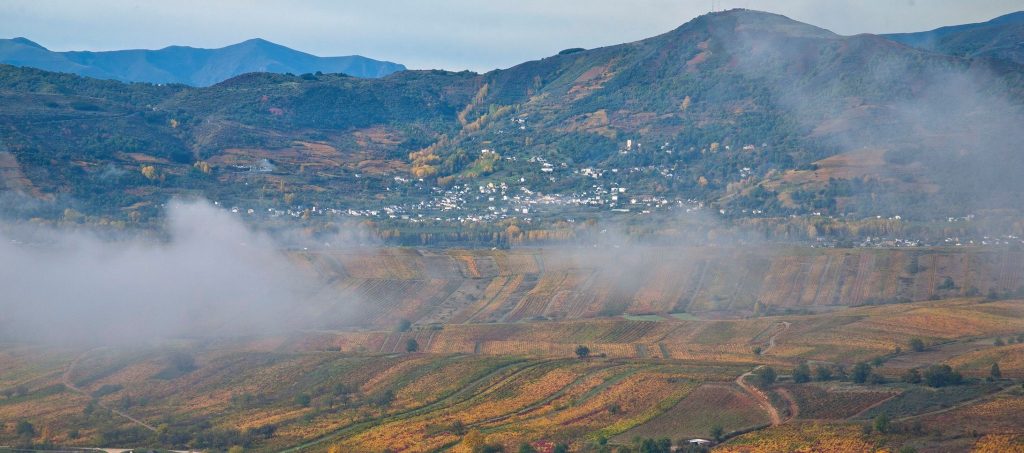
Wine choice: Mencia, Bierzo (Spain)
What is it? Red wine from the Mencia grape, grown in the mountainous region of Bierzo in northwestern Spain. Bierzo has a maritime-influenced climate that is cooler than many of Spain’s more inland red wine regions, giving more refreshing acidity and lower alcohol. The slate and granite soils here are said to impart a mineral tension to the wines. Mencia from Bierzo can be similar to Priorat red wines, in its fruit profile, but is leaner and more angular.
Why I chose it: Mencia is typically medium-bodied, with moderately firm tannins. Its umami undertones compliment the burger’s meaty flavours, while its juicy red and black fruit and fresh acidity provide a high note to lift, and lighten the pairing. Many producers use older oak casks for ageing, giving only a subtle toasty, spiced patina to the wines.
Handy Tips: Different tiers of Bierzo reds exist. Crianza wines are more youthful and fruit-driven, ageing for two years before release, with a minimum of six months in oak. Reserva wines have greater oak influence and more tertiary flavours (ie. earthy, leather, tobacco, dried fruit) from their mandated three years ageing; with one year minimum in oak.
Try these Estates: Descendientes de J. Palacios (Alvaro Palacios), Raul Perez, Dominio de Tares, Pittacum, Peique, Bodegas y Vinedos Paixar
Drink Alikes: Loire Valley Cabernet Franc (Chinon, Saumur-Champigny)
BEST FOR BIG, BOLD BEEF BURGERS

Wine choice: Northern Rhône Syrah (France)
What is it? The vineyards of the Northern Rhône Valley span a 100km stretch from just south of Lyon, to the city of Valence in eastern France. The climate is temperate continental with cool winters and warm summers, moderated by the fierce Mistral wind that regularly howls down the valley corridor. Syrah is the only red grape authorized on the mainly granite slopes here.
Why I chose it: Northern Rhône Syrahs are full-bodied, with lots of freshness and finesse, which both complements and contrasts the richness of a hearty burger. Their dark fruit and floral aromas are really enticing on the nose. They have firm, structuring tannins and black pepper flavours that pair well with red meat. Oak flavours are generally subtle.
Handy Tips: If you are willing to splurge on the wine, Côte Rôtie is an excellent choice. Wines from this appellation often have distinctive smoky bacon flavours that pair perfectly with decadently meaty burgers. For a good value alternative, try a St. Joseph, which has a similar flavour profile though slightly less intensity.
Try these Estates: Jamet, Burgaud, Ogier, Rostaing, Guigal, Coursodon, Courbis, Gaillard, Gonon, Chave, Jaboulet Ainé, and so so many more!
Drink Alikes: Hawkes Bay Syrah (New Zealand)



